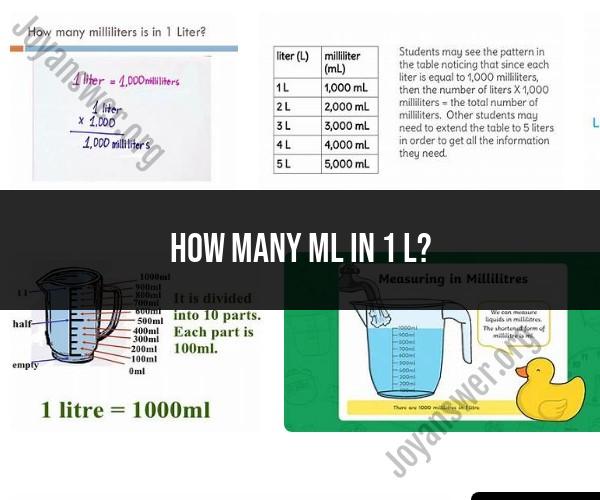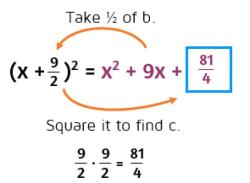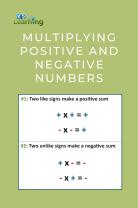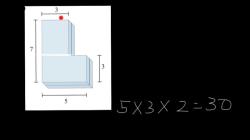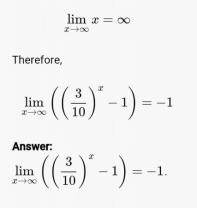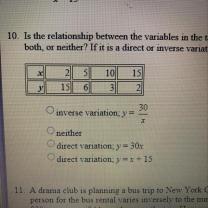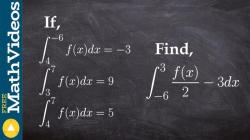How many mL in 1 L?
There are 1000 milliliters (mL) in 1 liter (L).
To convert from milliliters to liters, simply divide by 1000. For example, to convert 500 mL to liters, you would divide by 1000:
500 mL / 1000 = 0.5 L
To convert from liters to milliliters, simply multiply by 1000. For example, to convert 0.5 L to milliliters, you would multiply by 1000:
0.5 L * 1000 = 500 mL
Here are some examples of milliliters to liters conversions:
- 100 mL = 0.1 L
- 250 mL = 0.25 L
- 500 mL = 0.5 L
- 750 mL = 0.75 L
- 1000 mL = 1 L
By understanding how to convert between milliliters and liters, you can easily measure and compare volumes of liquids.
How Many Milliliters (mL) Are in 1 Liter (L)?
There are 1000 milliliters (mL) in 1 liter (L). This means that a liter is equal to 1000 cubic centimeters (cm³).
Converting Liters to Milliliters: A Volume Measurement Guide
To convert liters to milliliters, simply multiply the number of liters by 1000. For example, to convert 2 liters to milliliters, you would multiply 2 by 1000, which gives you 2000 milliliters.
Here is a table of some common conversions from liters to milliliters:
| Liters (L) | Milliliters (mL) |
|---|---|
| 1 | 1000 |
| 2 | 2000 |
| 3 | 3000 |
| 4 | 4000 |
| 5 | 5000 |
Exploring the Relationship Between Liters and Milliliters
Liters and milliliters are both units of volume. However, liters are a larger unit of volume than milliliters. One liter is equal to 1000 milliliters.
Liters are often used to measure larger volumes of liquid, such as the amount of water in a swimming pool or the amount of milk in a gallon jug. Milliliters are often used to measure smaller volumes of liquid, such as the amount of medicine in a dropper or the amount of shampoo in a bottle.
It is important to be able to convert between liters and milliliters when measuring volume. This is because many measuring devices, such as cups and spoons, are calibrated in milliliters.
Here are some examples of how to use liters and milliliters in everyday life:
- A recipe might call for 1 cup of milk. To convert this to milliliters, you would multiply 1 cup by 240 mL/cup, which gives you 240 mL of milk.
- A doctor might prescribe a child 5 mL of cough syrup. To measure this amount, you would use a dropper that is calibrated in milliliters.
- A gardener might need to water 10 liters of water on their plants. To measure this amount, you would use a watering can that is calibrated in liters.
By understanding the relationship between liters and milliliters, you can accurately measure volume and follow recipes and medical instructions.
